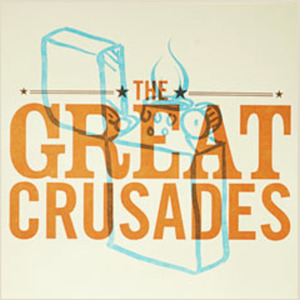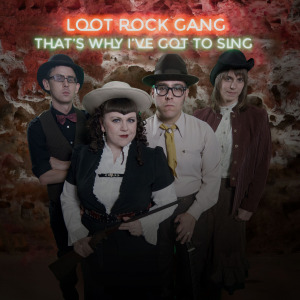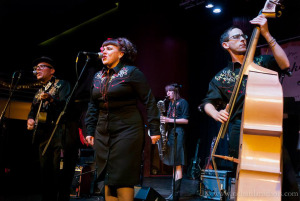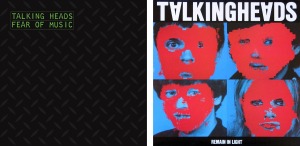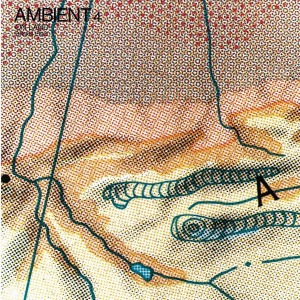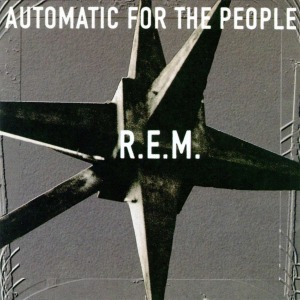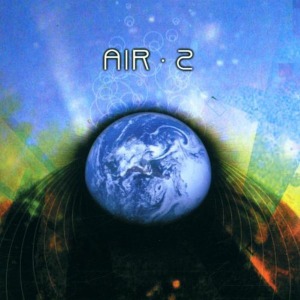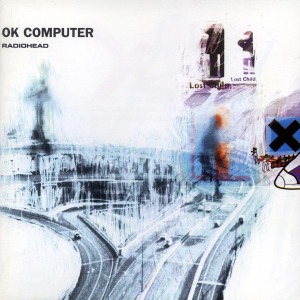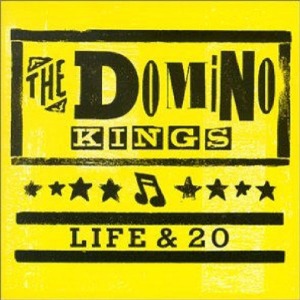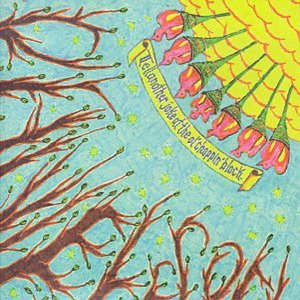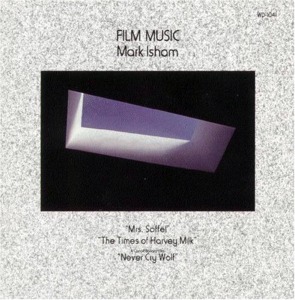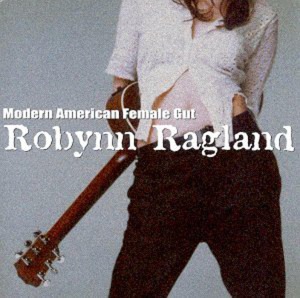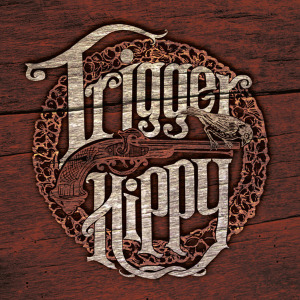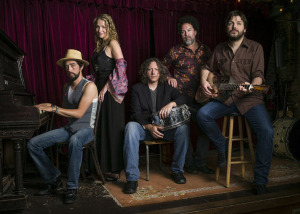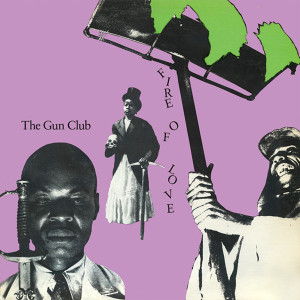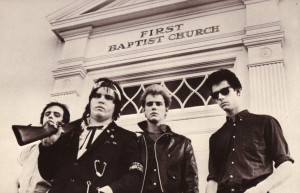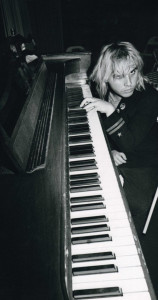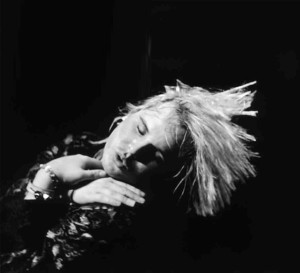(BOXING CLEVER RECORDS 7” single; 2014)
Way back in the previous century, the Great Crusades released one of my favorite albums, 1997’s THE FIRST SPILLED DRINK OF THE EVENING. The record was filled with songs that were equal parts sloppy Rolling Stones rock ‘n’ roll, snotty Replacements punk, moody Americana and drunken Celtic reels, with Brian Krumm’s smokey Leonard Cohen cum Kris Kristofferson baritone delivering his own Dylanesque lyrics. Seventeen years later, the band still sounds wonderfully ragged on “Sometimes On Sundays, Too,” a love song that wouldn’t be out of place on something coming from Dylan himself. During the ensuing years following that first release, Krumm has continued to gargle with broken glass, giving him a voice that is a huskier (and more melodic) approximation of Rod McKuen. When he rasps the chorus, “There were parties every Saturday/At the house on Illinois Street/And sometimes on Sundays, too,” you may find yourself clearing your throat in sympathy. The music is a jangly, acoustic blast of what has been dubbed “rock-noir,” featuring a very hymn-like arrangement and orchestration. In short, “Sometimes On Sundays, Too” is every bit as sublime as anything from that first Great Crusades album.
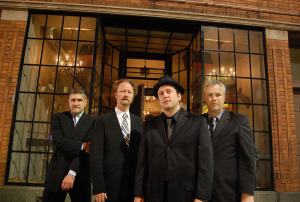
The B-side of this special split single features frequent tour-mates and kindred spirits of the Great Crusades, Germany’s Planeausters. In fact, Crusader Brian Leach is listed as producer; he adds a nice bit of piano to the track, as well. “Wouldn’t Say It’s Over, But It’s Gone” also acts as the flip-side of the new-love tale of “Sometimes On Sundays, Too.” The tune has to be one of the most horribly effective break-up songs of all time. Musically, the track is a sleepy, languorous bit of shoegazing with some nice guitar work from Michael Moravek and an impossibly slow drum track from Per Ceurremans, one that sounds like it was played back at half-speed while the song was being mixed. “Wouldn’t Say… ” is my introduction to Planeausters, but I gotta say, if this cut is what this band is all about… gimme more. As the magnificent Boxing Clever Records branches out past the release of these exquisite split singles, moving into the realm of full-length albums, maybe a deal can be struck for the release of the latest Planeausters record. Make it happen, Jim!
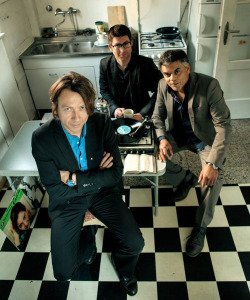
The Great Crusades’ latest full-length is THIEVES OF CHICAGO, available at their Bandcamp page. As with all singles from Boxing Clever Records, this release is available directly from the label’s web-site; also available from the fine folk at Boxing Clever is a limited edition skate deck featuring the record’s cover art. Tell ‘em the Mule sent you!

